Tate Britain has announced the four artists who have been shortlisted for the Turner Prize 2017.

This year’s nominees are Hurvin Anderson, Andrea Büttner, Lubaina Himid and Rosalind Nashashibi.
The Turner Prize was established in 1984 and is one of the most prestigious and best known art awards in the world. It aims to promote public debate around new developments in contemporary British art, and is awarded to a British artist for an outstanding exhibition or other presentation of their work in the twelve months preceding 24 April 2017.
The winner is awarded £25,000, with £5,000 each awarded to the other three shortlisted artists.
The Turner Prize 2017 jury members are Dan Fox, writer and co-Editor at Frieze; Martin Herbert, art critic; Mason Leaver-Yap, Walker Art Center’s Bentson Scholar of Moving Image and Associate Curator at KW Institute for Contemporary Art in Berlin; and Emily Pethick, Director of Showroom. The jury is chaired by Alex Farquharson, Director of Tate Britain.
This year an exhibition of work by the four shortlisted artists will be held at Ferens Art Gallery in Hull as part of the UK City of Culture celebrations from 26 September 2017 to 7 January 2018. The winner will be announced on 5 December 2017 at an award ceremony live on the BBC, the broadcast partner for the Turner Prize.
More information about the nominees
Hurvin Anderson
Nominated for his solo exhibitions Hurvin Anderson: Dub Versions at New Art Exchange in Nottingham and Hurvin Anderson: Backdrop at the Art Gallery of Ontario in Canada. The jury praised Anderson as an outstanding British painter whose art speaks to our current political moment with questions about identity and belonging, and recognised a deeper interplay between figuration and abstraction in his work. Drawing from art history as much as his own Caribbean heritage, the artist’s dream-like paintings are compositionally dense and vibrant, combining geometric and gestural shapes alongside portraiture, landscape and still-life.
Adrea BÜttner
Nominated for her solo exhibitions Andrea Büttner: Gesamtzusammenhang at Kunsthalle Sankt Gallen in Switzerland and Andrea Büttner at David Kordansky in Los Angeles. The jury noted Büttner’s unique approach to collaboration and her exploration of religion, morality and ethics, articulated through a wide range of media including printmaking, sculpture, video and painting. Often incorporating archival material, Büttner’s exhibitions investigate shame, vulnerability and poverty. Using low media such as woodcuts or home videos, Büttner is interested in the role of the amateur in the production of culture.
Lubaina Himid
Nominated for projects including solo exhibitions Lubaina Himid: Invisible Strategies at Modern Art Oxford and Navigation Charts at Spike Island in Bristol, as well as her participation in group exhibition The Place is Here at Nottingham Contemporary. The jury praised these exhibitions for addressing pertinent questions of personal and political identity. As a key figure of the Black Arts Movement, Himid has consistently foregrounded the contribution of African diaspora to Western culture. Working across painting, installation, drawing and printmaking, and bringing both old and new work together, her work is both visually arresting and critical.
Rosalind Nashashibi
Nominated for her solo exhibition On This Island at The University Art Galleries at UC Irvine’s Claire Trevor School of the Arts in California, and her participation in Documenta 14. The jury was impressed by the depth and maturity of Nashashibi’s work, which often examines sites of human occupation and the coded relationships that occur within those spaces – whether a family home or garden, a ship or the Gaza Strip. Her films use the camera as an eye to observe moments and events, contrasting reality with moments of fantasy and myth. They show how the intimate and everyday collide with issues of surveillance and control.
For more on the Turner Prize, click here:
For Hull UK City of Culture 2017, click here:
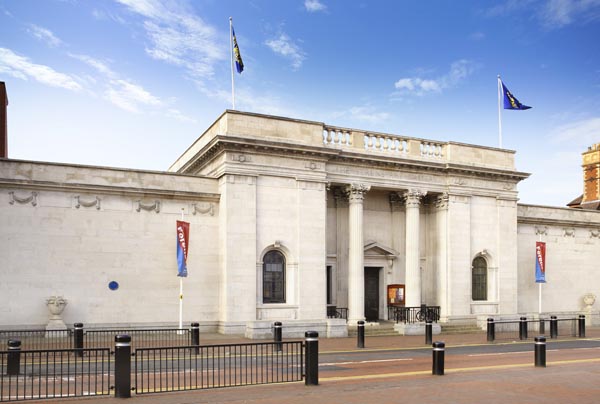
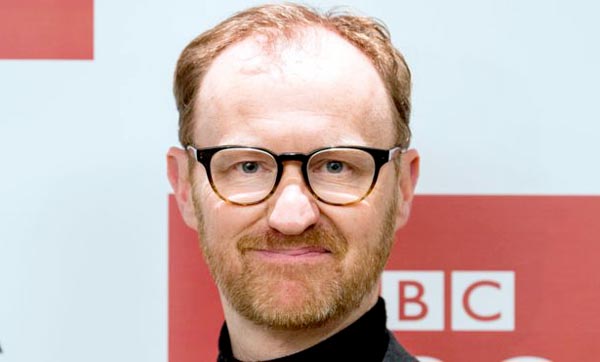

 All proceeds from the evening will be donated to the national Switchboard LGBT+ helpline charity.
All proceeds from the evening will be donated to the national Switchboard LGBT+ helpline charity.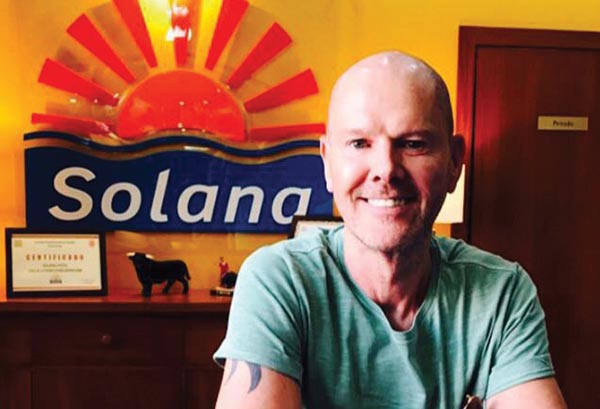


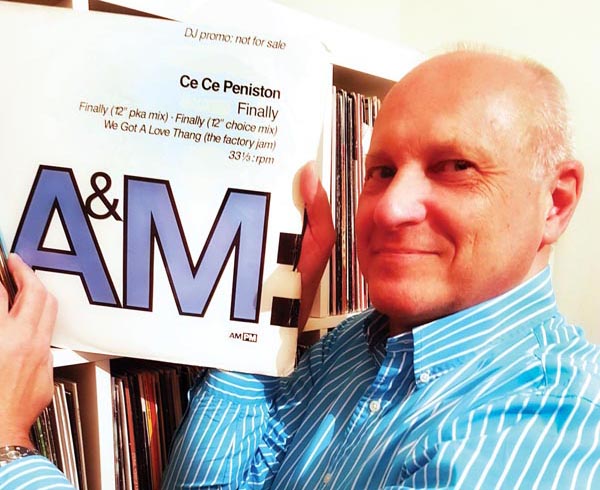

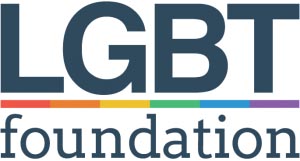

 “Actors in the porn industry are no less immune to the problems and insecurities affecting the wider LGBT community. We are really happy that Twisted XXX Media’s actors have agreed to share their personal stories and help point to the practical advice and support that organisations such as the LGBT Foundation can offer.”
“Actors in the porn industry are no less immune to the problems and insecurities affecting the wider LGBT community. We are really happy that Twisted XXX Media’s actors have agreed to share their personal stories and help point to the practical advice and support that organisations such as the LGBT Foundation can offer.”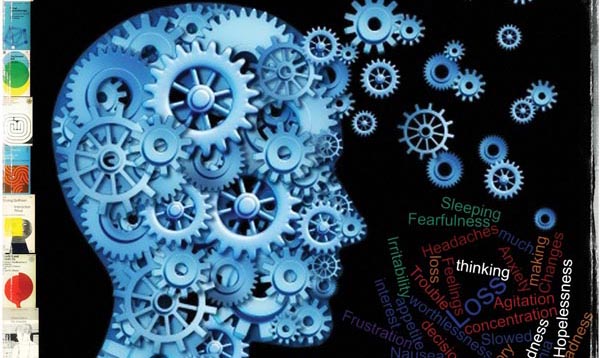

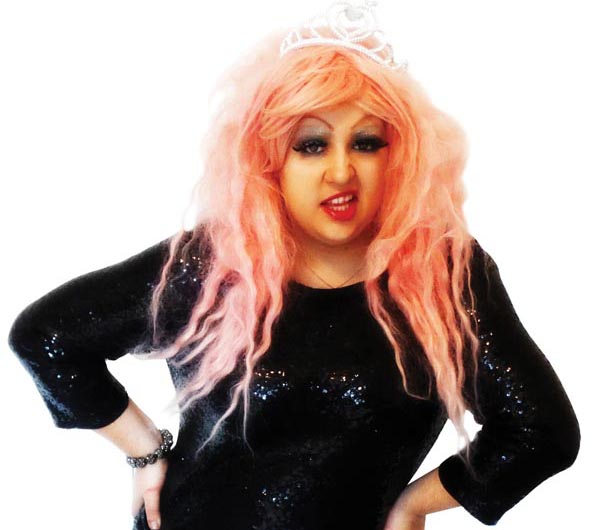
 Holly Smith – a biologically female drag queen, by Rebecca House.
Holly Smith – a biologically female drag queen, by Rebecca House.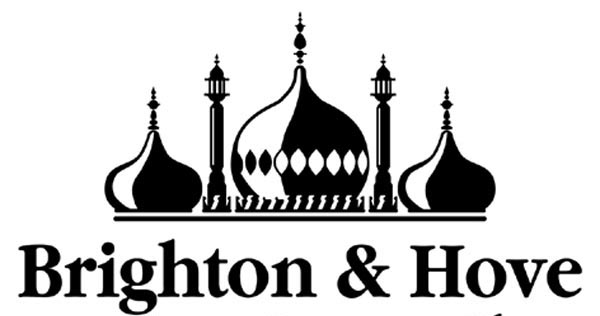
 Staff from the council’s Cityclean team picked up litter from grass verges and central reservations on the two main routes into the city.
Staff from the council’s Cityclean team picked up litter from grass verges and central reservations on the two main routes into the city.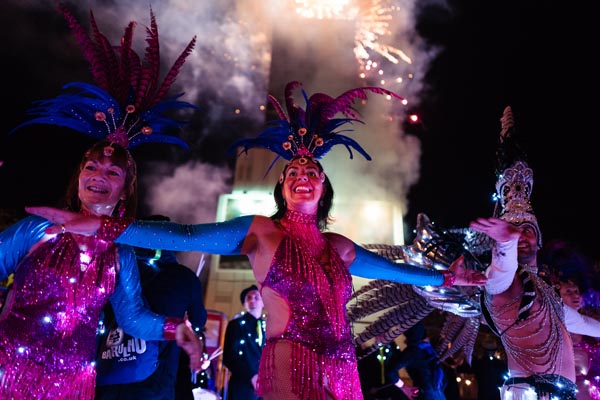
 When Brighton Fringe announced its programme in March, 970 events had registered to take part, but additional artists registering online means Brighton Fringe 2017 now includes 1,000 events.
When Brighton Fringe announced its programme in March, 970 events had registered to take part, but additional artists registering online means Brighton Fringe 2017 now includes 1,000 events.


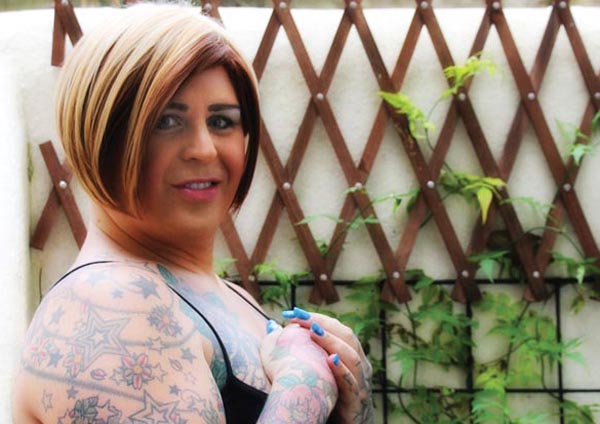






You must be logged in to post a comment.